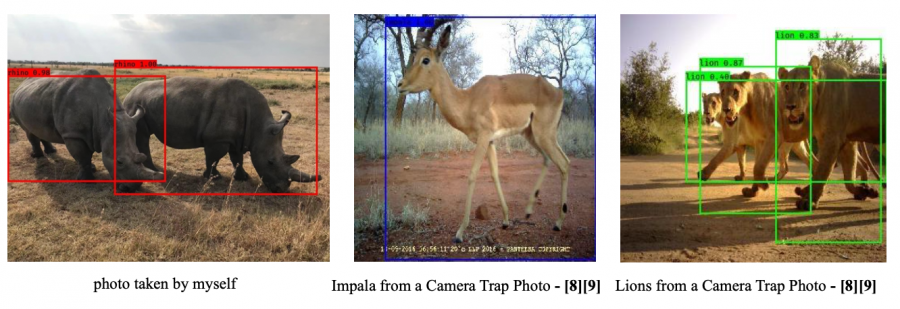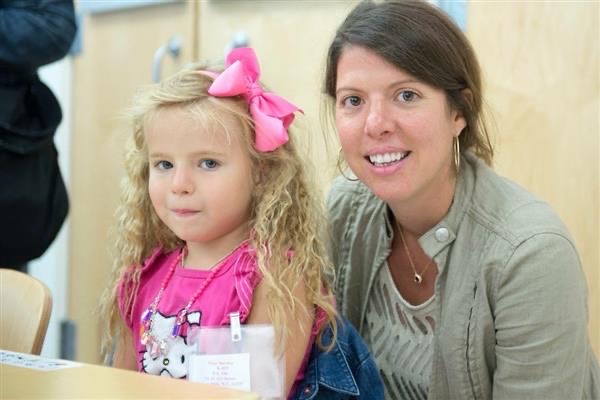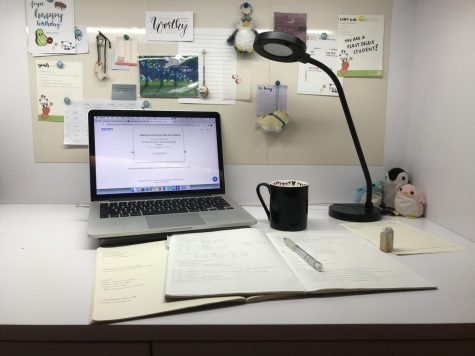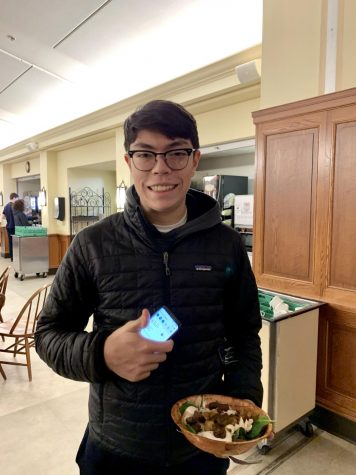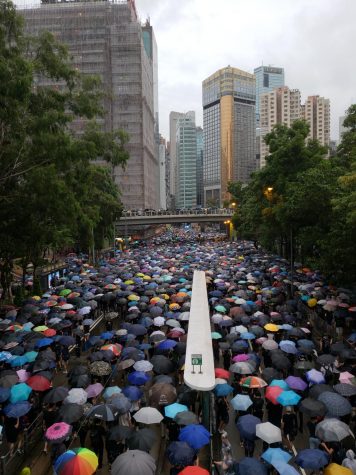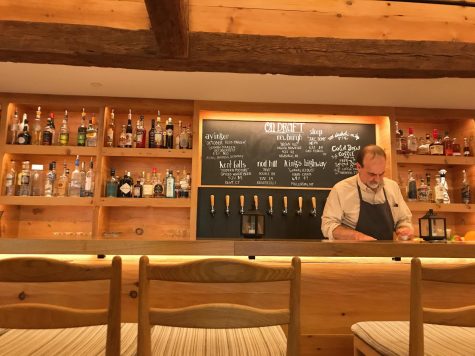Students participate in the CT Science & Engineering Fair
October 11, 2021
The annual Connecticut Science & Engineering Fair is a statewide fair open to all 7th- to 12th-grade students who reside or are enrolled in schools in Connecticut and Fishers Island. The program aims to attract young people to careers in science and engineering and develop in them skills essential to critical thinking. Several Kent students participated in the virtual fair last spring with their various independent projects, with all of them achieving great results. Here we hear from the three finalists: Anna Jang ‘22, Albert Dai ‘22, and Lucy Lu ‘23.
Lucy Lu ‘23 won 3rd Place and a Lockheed Martin Physical Science award for her exoskeleton hand for partially paralyzed patients. By detecting mechanomyogram (MMG) signals for muscle movements on the forearm—signals that correspond to a specific finger and hence hand gesture—Lu 3D-printed an exoskeleton hand which reads these neural signals and outputs the set action. The aim of her project is to allow partially paralyzed patients to use their hands again through outside force with the help of the exoskeleton.
Talking about the difficulties of such a large scale project, Lu mentioned the complications of neural networks. “I knew basic code, but neural networks just took it to the next level,” she said. It was also her first time utilizing three-dimensional printing techniques, which she found very confusing to navigate at first. Lu joined the Science Fair after Mr. Klingebiel recommended her to join, and her presentation and model greatly impressed the judges.
Albert Dai ‘22 combined two subjects—wildlife conservation and computer science—and created a program that identifies animal species in both still and moving media. Photos from a camera trap, one that scientists often use to capture images of animals in wildlife, usually collect massive amounts of data and are hard to interpret. Dai’s model, however, shortens the time used to analyze the videos as it automatically circles and identifies any organisms present in the media.
Dai went to Kenya, Africa two years ago to help a wildlife sanctuary research the native black rhinos. “It lasted for about a month, and since I also have an interest in artificial intelligence and deep learning, I came up with the project.” These topics—computer vision and artificial intelligence algorithms—aren’t often taught in school, so he spent a lot of time reading and researching about them himself. Dai was already working on his project before finding out about the Connecticut Science & Engineering Fair, which he thought was a great opportunity to showcase his hard work. He is currently working on extending his algorithm into real-life applications and devices.
Inspired by a research experiment she read about, Anna Jang ‘22 worked with Mr. Sokolnicki to examine the energy efficiency of variations of bacteria—Synechocystis nigrescens and Shewanella oneidensis bioinks—in biophotovoltaic cells. Jang described her project to mostly concern environmental science and alternative energy, in which she used bacteria and carbon paper to make a cell battery.
Jang conducted her laboratory research during the Winter term of 2020 as an Independent Study and, with the long remote period during winter break, struggled to keep the bacteria alive for further testing. “We had to culture a lot of bacteria, and it was difficult to grow them to the amount I needed; we tried a bunch of different mediums, but I had to clump up everything I had for the trial,” she laughs. Even though her experiment didn’t yield big results and was “very hectic,” she said it was a great learning process.


